Home>Furniture & Design>Interior Design Trends>What Is Ceramic Glass
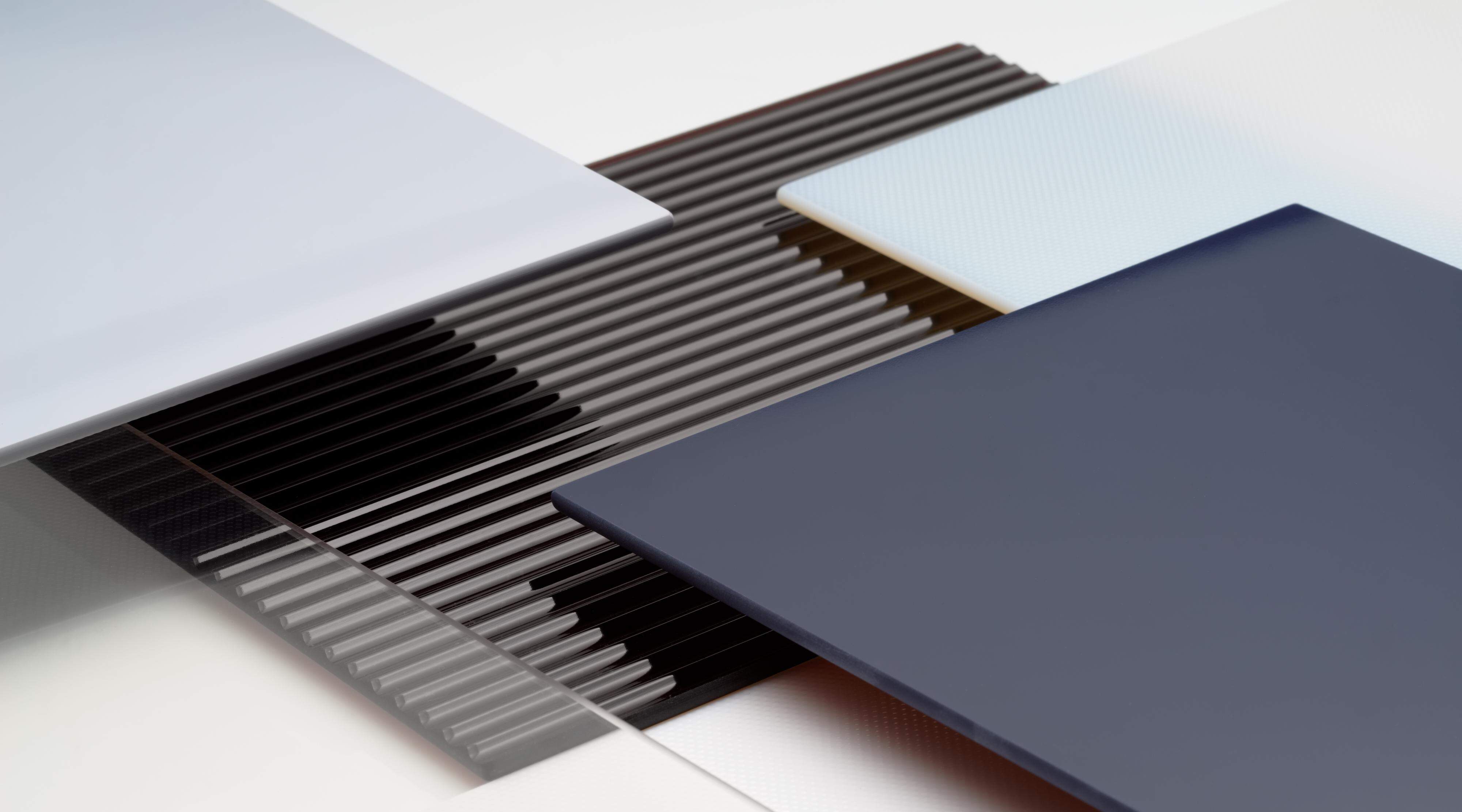

Interior Design Trends
What Is Ceramic Glass
Modified: February 18, 2024
Discover the latest interior design trends with ceramic glass. Learn how this versatile material can elevate your space with style and functionality. Explore the possibilities today!
(Many of the links in this article redirect to a specific reviewed product. Your purchase of these products through affiliate links helps to generate commission for Storables.com, at no extra cost. Learn more)
Introduction
Ceramic glass, also known as glass-ceramic, is a versatile and innovative material that has gained popularity in various industries due to its unique properties and applications. This remarkable material is a type of glass that has been specially treated to exhibit the characteristics of both glass and ceramics, making it highly durable, heat-resistant, and aesthetically appealing.
Ceramic glass is produced through a controlled crystallization process, which involves heating the glass to a specific temperature and then rapidly cooling it to induce the formation of crystals within the glass matrix. This process results in a material that combines the transparency and smoothness of glass with the strength and thermal resistance of ceramics.
The development of ceramic glass has revolutionized the design and functionality of numerous products, ranging from cookware and kitchen appliances to architectural elements and high-tech devices. Its ability to withstand extreme temperatures, mechanical stress, and chemical exposure makes it an ideal choice for applications where traditional glass or ceramics may not be suitable.
As we delve deeper into the world of ceramic glass, we will explore its definition, properties, uses, as well as its advantages and disadvantages. By gaining a comprehensive understanding of this exceptional material, we can appreciate its significance in modern design, engineering, and manufacturing, and recognize the diverse ways in which it enhances our daily lives.
Key Takeaways:
- Ceramic glass is a super material that combines the strength of ceramics with the elegance of glass, making it perfect for cookware, architectural designs, and high-tech devices. It can handle extreme heat and look stunning at the same time!
- While ceramic glass has awesome properties like thermal resistance and transparency, it can be a bit pricey and brittle. But its advantages definitely outweigh the limitations, making it a top choice for modern designs and innovations.
Read more: Why Does Ceramic Break Glass
Definition of Ceramic Glass
Ceramic glass, also referred to as glass-ceramic, is a unique composite material that combines the desirable properties of both glass and ceramics. It is created through controlled crystallization, a process that involves carefully heating the glass to a specific temperature and then rapidly cooling it to induce the formation of crystals within the glass matrix. This intricate process results in a material that exhibits exceptional thermal, mechanical, and chemical properties, making it highly versatile and valuable in various industries.
The composition of ceramic glass typically consists of a base glass that undergoes controlled crystallization to form a crystalline structure within its amorphous matrix. This structure imparts remarkable characteristics to the material, including high thermal shock resistance, excellent mechanical strength, and transparency similar to that of traditional glass. The controlled crystallization process allows for precise manipulation of the material's properties, enabling manufacturers to tailor it to specific applications and requirements.
One of the defining features of ceramic glass is its ability to withstand extreme temperatures, making it suitable for applications where conventional glass would fail. This exceptional thermal resistance makes ceramic glass an ideal choice for cookware, fireplace doors, and high-temperature industrial equipment. Additionally, its transparency and aesthetic appeal make it a popular choice for architectural elements, such as glass-ceramic cooktops and decorative glass panels.
Furthermore, ceramic glass exhibits low thermal expansion, which contributes to its dimensional stability and resistance to thermal stress. This property is particularly advantageous in applications where sudden temperature differentials are encountered, such as in cooking appliances and laboratory equipment. The material's resistance to chemical corrosion further enhances its durability and longevity, making it a preferred option for harsh environments and demanding industrial processes.
In summary, ceramic glass represents a remarkable fusion of glass and ceramics, offering a unique combination of properties that make it indispensable in a wide range of applications. Its controlled crystalline structure, exceptional thermal resistance, mechanical strength, and aesthetic appeal position it as a material of choice for designers, engineers, and manufacturers seeking innovative solutions for diverse challenges.
Properties of Ceramic Glass
Ceramic glass possesses a diverse array of properties that distinguish it as a highly versatile and valuable material in various industries. These properties are a result of the controlled crystallization process, which imbues the material with a unique combination of characteristics that set it apart from traditional glass and ceramics.
Exceptional Thermal Resistance: One of the most notable properties of ceramic glass is its exceptional thermal resistance. This material can withstand extreme temperatures without compromising its structural integrity, making it well-suited for applications that involve high heat exposure. Whether used in cookware, fireplace doors, or industrial equipment, ceramic glass remains stable and reliable under intense thermal conditions.
Mechanical Strength: Ceramic glass exhibits impressive mechanical strength, allowing it to withstand mechanical stress and impact without shattering or deforming. This property is particularly advantageous in applications where durability and longevity are paramount, such as in architectural elements, laboratory equipment, and high-tech devices.
Transparency and Aesthetic Appeal: Despite its robustness, ceramic glass retains the transparency and aesthetic appeal of traditional glass. This unique combination of strength and visual appeal makes it an ideal choice for applications that require both durability and an elegant appearance, such as glass-ceramic cooktops, decorative glass panels, and architectural features.
Low Thermal Expansion: The material's low thermal expansion contributes to its dimensional stability and resistance to thermal stress. This property is crucial in applications where sudden temperature differentials are encountered, ensuring that the material remains structurally sound and reliable even under challenging thermal conditions.
Chemical Corrosion Resistance: Ceramic glass exhibits remarkable resistance to chemical corrosion, making it suitable for use in harsh environments and industrial processes where exposure to corrosive substances is a concern. This property enhances the material's durability and longevity, allowing it to maintain its integrity even in demanding conditions.
In summary, the properties of ceramic glass, including its exceptional thermal resistance, mechanical strength, transparency, low thermal expansion, and chemical corrosion resistance, position it as a material of choice for a wide range of applications. Its unique combination of characteristics makes it an indispensable solution for designers, engineers, and manufacturers seeking innovative and reliable materials to meet diverse challenges.
Uses of Ceramic Glass
Ceramic glass, with its exceptional properties, finds diverse and innovative applications across various industries. Its unique combination of thermal resistance, mechanical strength, transparency, and chemical corrosion resistance makes it an ideal material for a wide range of uses.
1. Cookware and Kitchen Appliances
Ceramic glass is commonly used in the manufacturing of cookware, such as glass-ceramic cooktops and bakeware. Its ability to withstand high temperatures and thermal shock makes it a preferred choice for stovetops and ovenware. The material's transparency and elegant appearance also enhance the visual appeal of kitchen appliances, adding a touch of sophistication to modern kitchens.
Read more: What Is Ceramic Cooktop
2. Architectural Elements
In architecture and interior design, ceramic glass is utilized for various structural and decorative elements. Glass-ceramic panels and partitions offer both transparency and durability, allowing natural light to permeate spaces while maintaining structural integrity. Additionally, glass-ceramic tiles and countertops provide a sleek and modern aesthetic for residential and commercial spaces.
3. Fireplace Doors
The thermal resistance and transparency of ceramic glass make it an ideal material for fireplace doors. It allows the mesmerizing view of the flames while ensuring safety and heat containment. The material's ability to withstand the intense heat of the fire enhances both the functionality and visual appeal of fireplace enclosures.
4. Laboratory Equipment
In laboratory settings, ceramic glass is utilized for various equipment, including glass-ceramic labware and high-temperature glass components. Its resistance to thermal shock and chemical corrosion makes it suitable for demanding laboratory processes, ensuring the reliability and safety of scientific experiments and analyses.
5. High-Tech Devices
Ceramic glass is integrated into the manufacturing of high-tech devices, such as infrared heaters, induction cooktops, and glass-ceramic substrates for electronic components. Its thermal resistance and mechanical strength contribute to the efficiency and longevity of these devices, making them reliable solutions for modern technological advancements.
Read more: What Is A Ceramic Stove Top
6. Industrial Applications
In industrial settings, ceramic glass is employed for furnace observation windows, sight glasses, and high-temperature observation ports. Its ability to withstand extreme temperatures and harsh chemical environments ensures the safe and efficient operation of industrial equipment, contributing to enhanced productivity and worker safety.
The diverse uses of ceramic glass across these industries highlight its versatility and reliability as a material of choice for applications that demand exceptional thermal, mechanical, and chemical properties. From enhancing the functionality of kitchen appliances to facilitating scientific research and industrial processes, ceramic glass continues to play a pivotal role in modern design, engineering, and manufacturing.
Advantages of Ceramic Glass
Ceramic glass offers a multitude of advantages that set it apart as a superior material for a wide range of applications. These advantages stem from its unique properties and exceptional performance in various environments, making it an indispensable choice for designers, engineers, and manufacturers.
1. Exceptional Thermal Resistance
One of the primary advantages of ceramic glass is its exceptional thermal resistance. This property allows the material to withstand extreme temperatures without compromising its structural integrity. Whether used in cookware, architectural elements, or industrial equipment, ceramic glass remains stable and reliable under intense thermal conditions, ensuring longevity and safety.
2. Mechanical Strength and Durability
Ceramic glass exhibits impressive mechanical strength, making it highly durable and resistant to mechanical stress and impact. This advantage is particularly valuable in applications where reliability and longevity are crucial, such as in high-traffic areas, laboratory equipment, and high-tech devices. The material's ability to maintain its structural integrity under demanding conditions enhances its overall performance and lifespan.
Read more: What Is Ceramic Hair Dryer
3. Transparency and Aesthetic Appeal
Despite its robustness, ceramic glass retains the transparency and aesthetic appeal of traditional glass. This unique combination of strength and visual appeal makes it an ideal choice for applications that require both durability and an elegant appearance. Whether used in architectural elements, kitchen appliances, or decorative panels, ceramic glass enhances the visual appeal of products and spaces while delivering exceptional performance.
4. Low Thermal Expansion and Dimensional Stability
The low thermal expansion of ceramic glass contributes to its dimensional stability and resistance to thermal stress. This advantage ensures that the material remains structurally sound and reliable even under challenging thermal conditions, making it suitable for applications where sudden temperature differentials are encountered. The material's ability to maintain its shape and integrity enhances its overall functionality and performance.
5. Chemical Corrosion Resistance
Ceramic glass exhibits remarkable resistance to chemical corrosion, making it suitable for use in harsh environments and industrial processes where exposure to corrosive substances is a concern. This advantage enhances the material's durability and longevity, allowing it to maintain its integrity even in demanding conditions.
In summary, the numerous advantages of ceramic glass, including its exceptional thermal resistance, mechanical strength, transparency, low thermal expansion, and chemical corrosion resistance, position it as a material of choice for a wide range of applications. Its unique combination of properties makes it an indispensable solution for designers, engineers, and manufacturers seeking innovative and reliable materials to meet diverse challenges.
Disadvantages of Ceramic Glass
While ceramic glass offers a multitude of advantages and versatile applications, it is important to acknowledge its limitations and potential drawbacks. Understanding the disadvantages of ceramic glass is crucial for informed decision-making and effective utilization of the material in various contexts.
-
Cost: One of the primary disadvantages of ceramic glass is its relatively higher cost compared to traditional glass or standard ceramics. The specialized manufacturing processes and precise control of crystallization contribute to the elevated production expenses, making ceramic glass a more expensive option for certain applications. This cost factor may influence the feasibility of incorporating ceramic glass into large-scale projects or budget-sensitive designs.
-
Brittleness: Despite its impressive thermal resistance and mechanical strength, ceramic glass can exhibit brittleness under certain conditions. While it is designed to withstand thermal shock and mechanical stress, extreme impacts or sudden, uneven pressure can lead to fracturing or breakage. This brittleness may limit its suitability for applications that are prone to high-impact forces or require exceptional flexibility.
-
Complex Fabrication: The production and fabrication of ceramic glass involve intricate processes and specialized equipment, which can pose challenges for manufacturers and designers. The controlled crystallization and precise manipulation of the material's properties require advanced technical expertise and sophisticated facilities. This complexity may result in limitations in customization and lead times for specific ceramic glass products.
-
Weight: Ceramic glass tends to be heavier than traditional glass, which can impact its suitability for certain applications, particularly those where weight is a critical consideration. The increased weight of ceramic glass may necessitate additional structural support or impact the overall design and functionality of products, leading to potential constraints in specific use cases.
-
Limited Color Options: Unlike standard glass, which offers a wide range of color options and transparency variations, ceramic glass may have limitations in terms of color customization. The controlled crystallization process and the material's composition can restrict the spectrum of available colors and patterns, potentially constraining design possibilities for projects that require diverse aesthetic choices.
Understanding these disadvantages allows for a comprehensive assessment of the suitability of ceramic glass for specific applications and projects. While the material offers exceptional properties and diverse uses, its limitations should be carefully considered to ensure optimal integration and performance in various contexts.
Conclusion
In conclusion, ceramic glass stands as a remarkable testament to the ingenuity of material science, offering a fusion of glass and ceramics that transcends traditional limitations. With its exceptional thermal resistance, mechanical strength, transparency, low thermal expansion, and chemical corrosion resistance, ceramic glass has carved a significant niche in diverse industries, from culinary arts and architecture to high-tech manufacturing and scientific research.
The controlled crystallization process that defines ceramic glass production has unlocked a world of possibilities, enabling designers and engineers to harness a material that seamlessly integrates durability, aesthetics, and functionality. Its applications in cookware, kitchen appliances, architectural elements, laboratory equipment, high-tech devices, and industrial settings underscore its versatility and reliability in meeting the demands of modern design and manufacturing.
While the material presents certain disadvantages, such as cost considerations, brittleness under extreme conditions, complex fabrication requirements, weight implications, and limited color options, its advantages far outweigh these limitations. The ability of ceramic glass to withstand intense heat, resist mechanical stress, and maintain its visual appeal positions it as a material of choice for forward-thinking projects that prioritize performance and longevity.
As we continue to witness advancements in material engineering and design, ceramic glass remains a shining example of innovation and adaptability. Its presence in everyday products and cutting-edge technologies underscores its enduring relevance and impact on the way we interact with the built environment and technological innovations.
In essence, ceramic glass embodies the harmonious convergence of strength and elegance, resilience and refinement. Its journey from the laboratory to the marketplace has reshaped our expectations of what a material can offer, inspiring new possibilities and pushing the boundaries of creativity and functionality. As we look to the future, ceramic glass will undoubtedly continue to leave an indelible mark on the landscapes of design, architecture, and innovation, serving as a testament to the enduring power of human ingenuity and the quest for materials that elevate our experiences and capabilities.
Frequently Asked Questions about What Is Ceramic Glass
Was this page helpful?
At Storables.com, we guarantee accurate and reliable information. Our content, validated by Expert Board Contributors, is crafted following stringent Editorial Policies. We're committed to providing you with well-researched, expert-backed insights for all your informational needs.
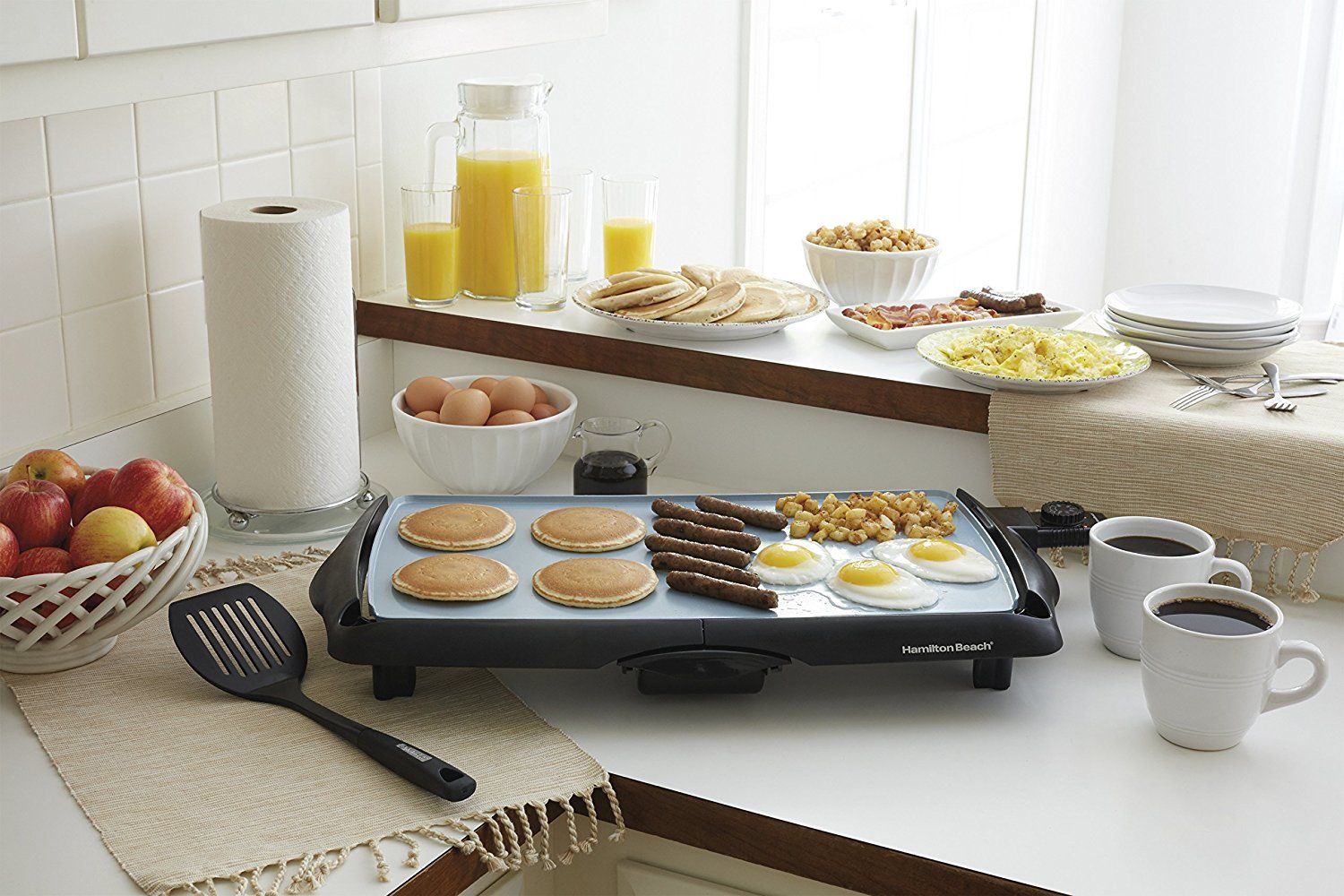
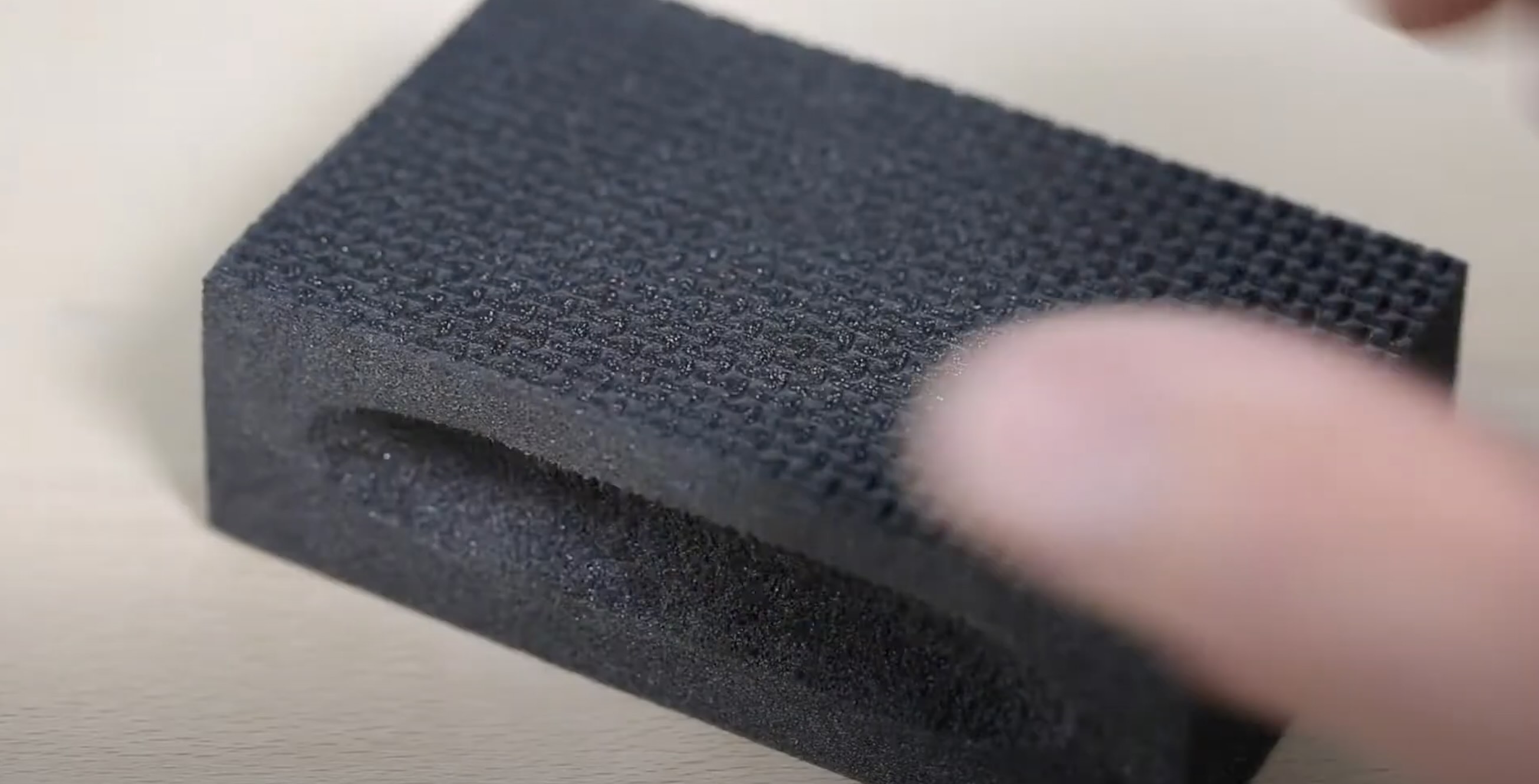
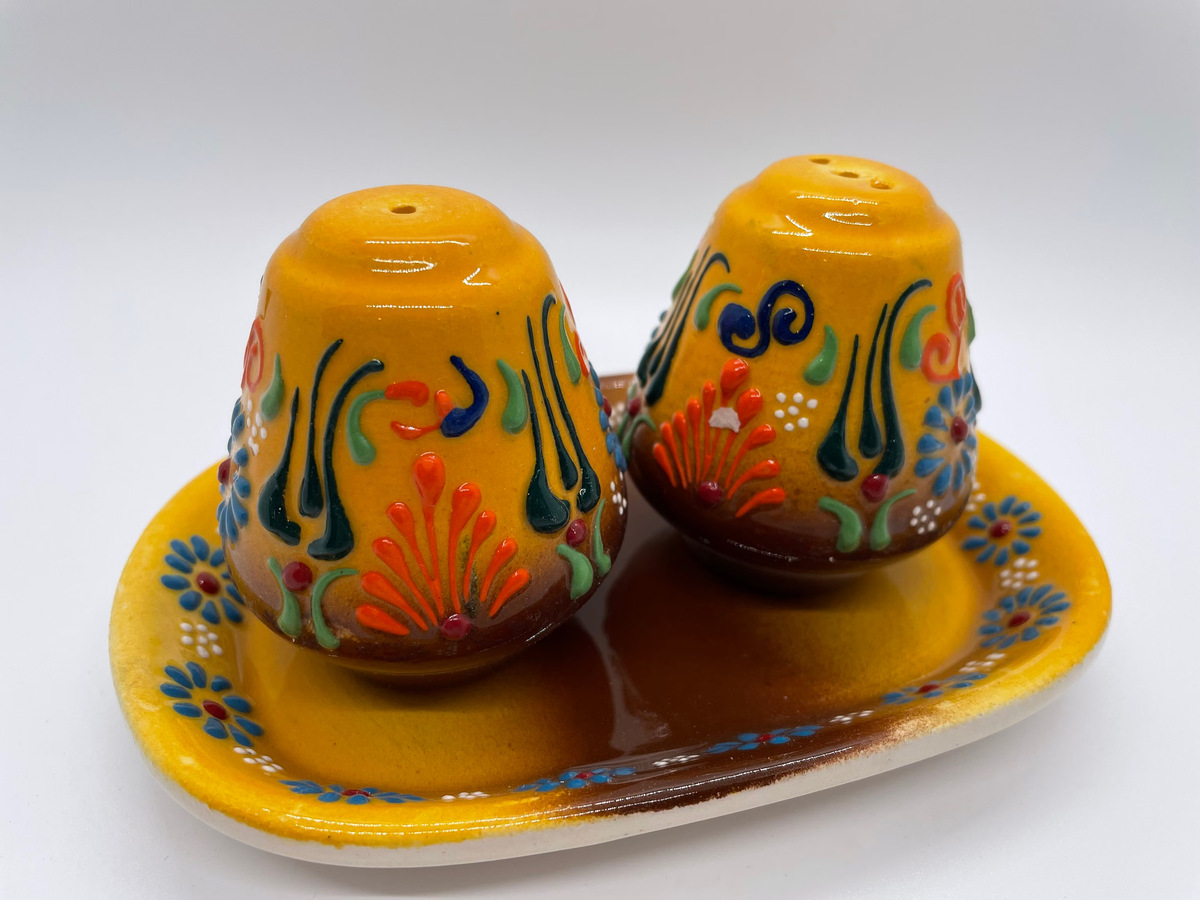
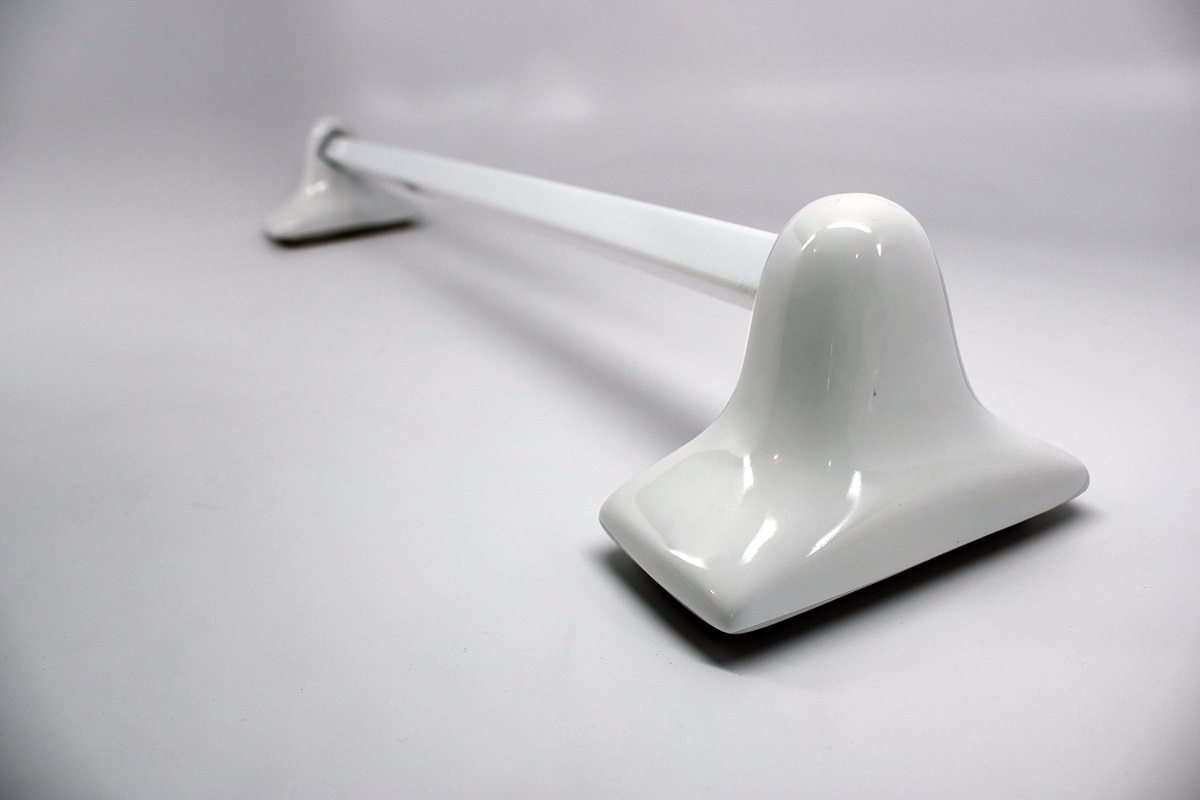
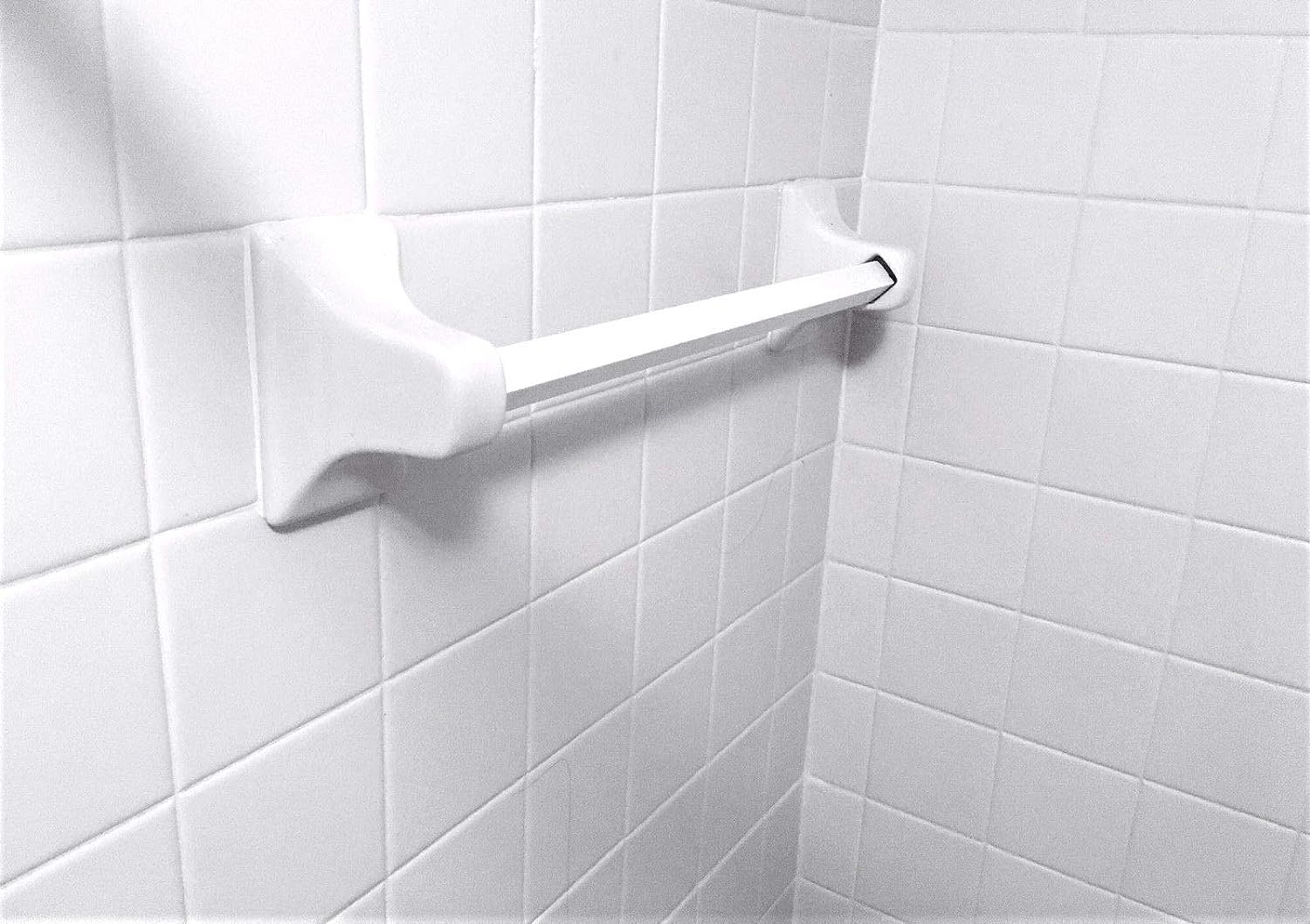

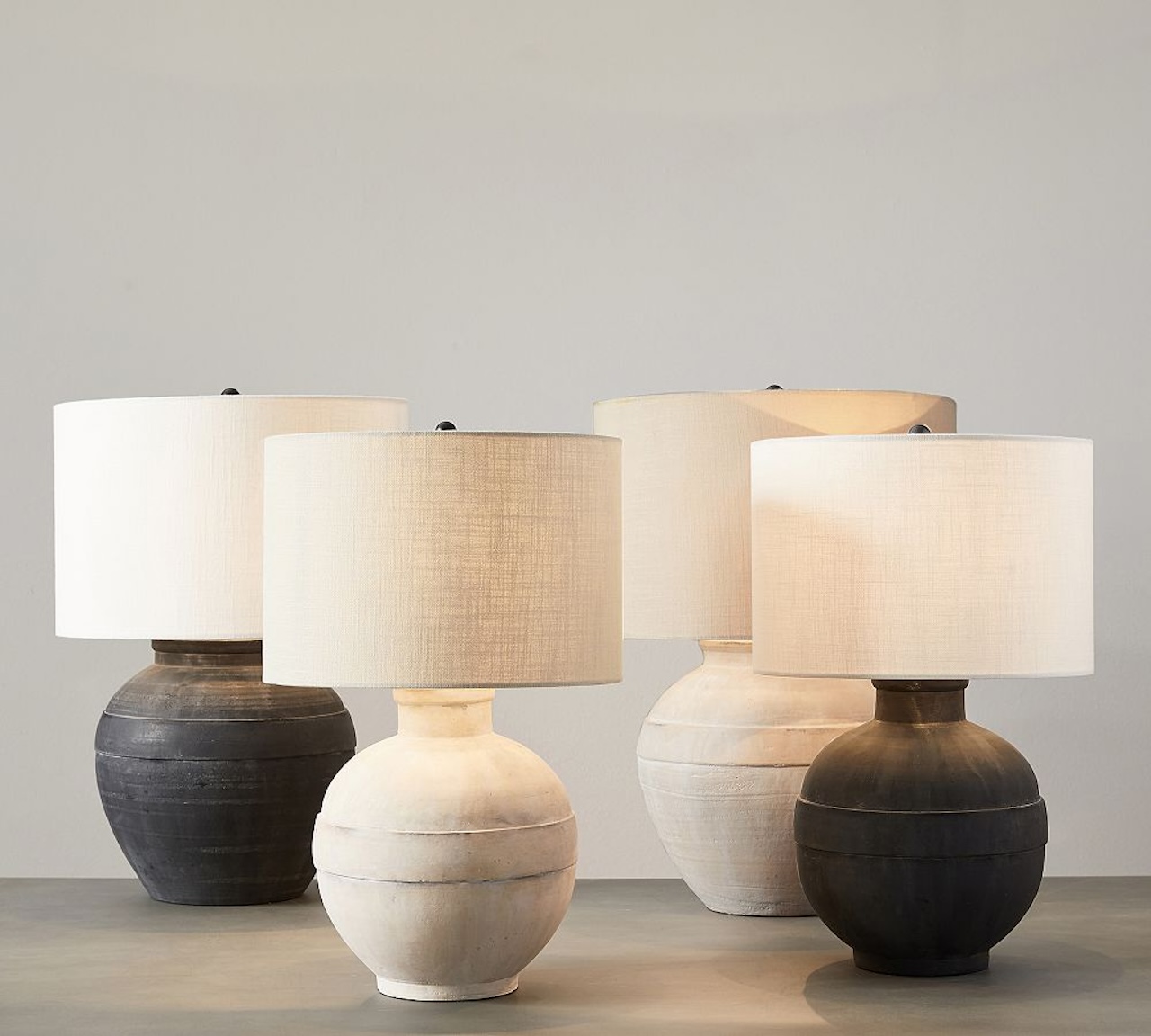
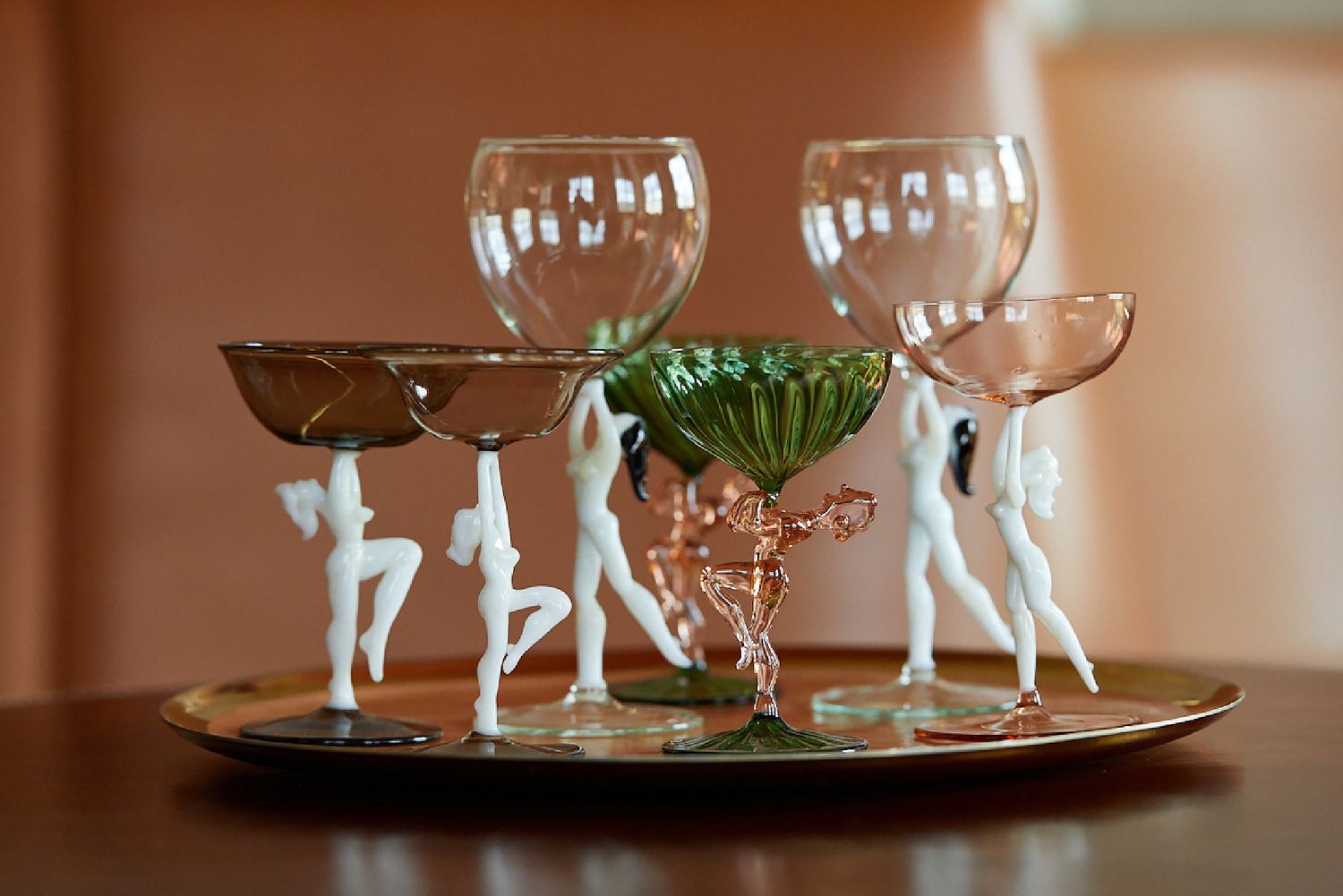

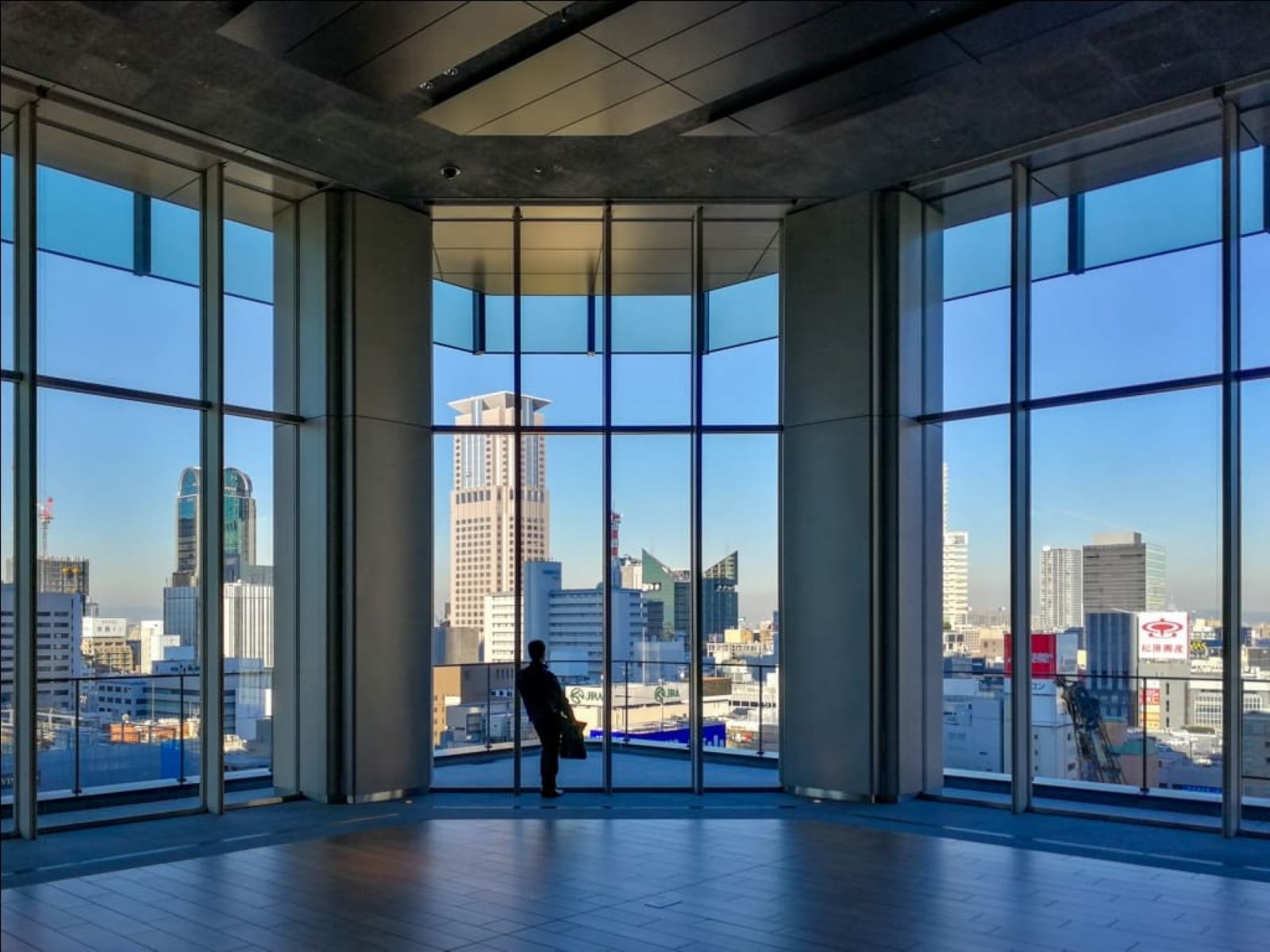
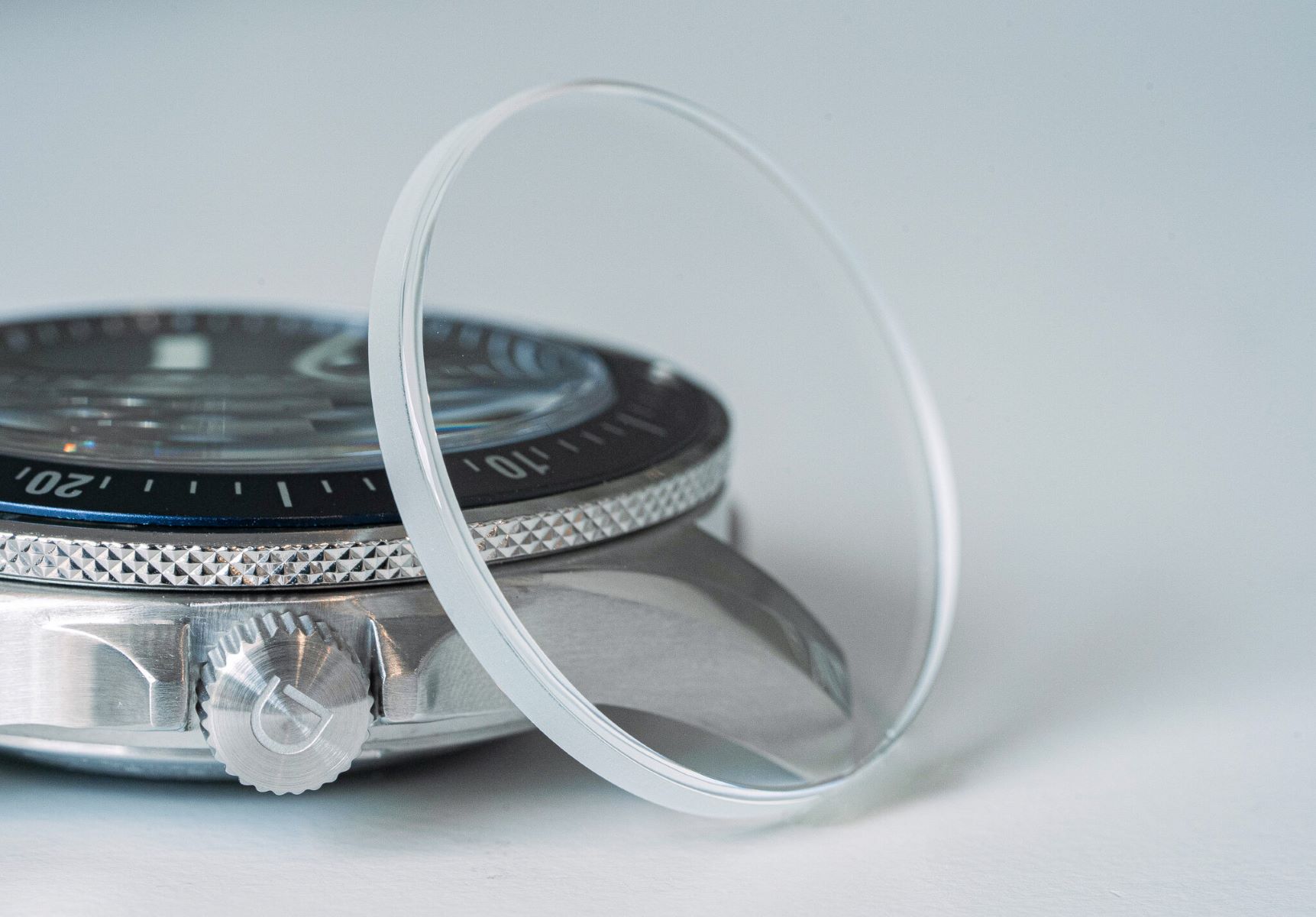

0 thoughts on “What Is Ceramic Glass”